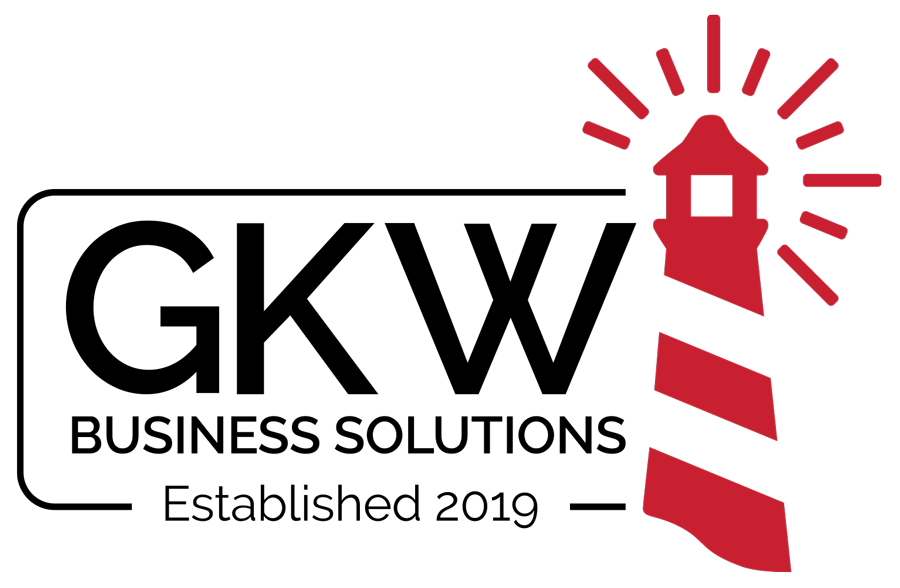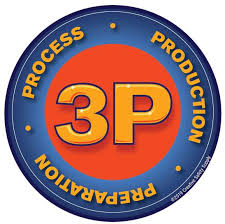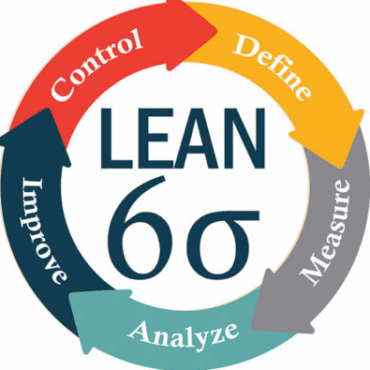Unlocking Efficiency with 3P: The Lean Approach to Process Design
In today’s fast-paced manufacturing and production environments, companies are constantly seeking ways to improve efficiency, reduce waste, and enhance product quality. One of the most powerful yet underutilized Lean tools for achieving these goals is 3P (Production Preparation Process).
Unlike traditional Lean methods, which focus on incremental improvements, 3P is designed to revolutionize entire processes from the ground up, ensuring efficiency before production even begins. But how does 3P create such a drastic impact, and what real-world benefits does it bring? Let’s explore.
What is 3P (Production Preparation Process)?
3P is a structured methodology that designs waste-free processes before they reach production. Instead of trying to fix inefficiencies later, 3P prevents them from happening in the first place by emphasizing:
- Process flow optimization – Ensuring the smooth movement of products, materials, and people.
- Waste elimination at the design phase – Reducing inefficiencies before they can take root.
- Cross-functional collaboration – Engaging multiple departments to create holistic solutions.
While traditional Lean methods like Kaizen or Value Stream Mapping improve existing processes, 3P is best used for major process changes, such as:
✅ New product launches
✅ Facility layout redesigns
✅ New equipment or production lines
✅ Major process overhauls
Top Benefits of 3P Implementation
Companies that implement 3P experience substantial gains across key operational areas:
1. 40-70% Faster Process Development
🚀 Accelerate Time-to-Market
3P reduces the time needed to develop new production lines, facility layouts, and manufacturing processes by as much as 40-70%. By identifying inefficiencies early, companies avoid costly redesigns later in production.
✅ Real-world example: An automotive manufacturer cut its new assembly line design time from 18 months to just 6 months by applying 3P.
2. Up to 50% Cost Reduction
💰 Lower Capital & Operating Costs
Because 3P prioritizes Lean design principles, companies reduce upfront costs by eliminating the need for excess machinery, inventory, and labor. Studies show that 3P can lead to a 20-50% reduction in capital expenditures.
✅ Example: A food processing plant saved over $1.5 million by redesigning its packaging process using 3P, eliminating excess material handling and reducing equipment costs.
3. 30-60% Space Reduction
📦 Smaller Footprint, Greater Efficiency
Traditional manufacturing setups often take up unnecessary space due to poor layout planning. 3P designs processes that require 30-60% less floor space, allowing for higher productivity in the same facility.
✅ Example: A medical device manufacturer cut its production floor size in half, freeing up space for additional production lines while increasing throughput by 35%.
4. Increased Workforce Efficiency & Engagement
👷 Empower Employees & Reduce Training Time
Because 3P integrates team-based problem-solving, employees better understand and embrace process changes. With well-designed processes, training times drop significantly—sometimes by up to 60%.
✅ Example: A packaging company improved worker efficiency by 45% after implementing 3P, reducing the need for excessive on-the-job training.
5. 25-50% Faster Changeovers & Improved Flexibility
🔄 Shorter Lead Times & Quick Adaptation
3P incorporates Lean changeover techniques like SMED (Single-Minute Exchange of Die), enabling companies to shift between product runs 25-50% faster while maintaining high quality.
✅ Example: A furniture manufacturer reduced its changeover times from 45 minutes to under 15 minutes, leading to a 20% increase in daily output.
6. 30-80% Reduction in Product Defects & Quality Issues
🏆 Better Quality from the Start
Since 3P integrates quality control into the design process, it significantly reduces defects and rework. Many companies see defect reductions of 30-80% after implementing 3P.
✅ Example: A consumer electronics manufacturer cut its defect rate from 5% to under 1% after applying 3P to its new assembly line design.
The 7-Step 3P Process for Success
To achieve these benefits, 3P follows a structured seven-step process:
1. Identify Customer & Business Needs
- Define product and process goals.
- Understand customer requirements (cost, quality, delivery expectations).
2. Establish Constraints & Goals
- Set budget, space, and material limitations.
- Determine key Lean principles to integrate.
3. Learn from Best Practices & Nature (Biomimicry)
- Study existing high-efficiency systems.
- Apply natural flow & efficiency concepts to process design.
4. Generate Multiple Process Design Ideas
- Create at least 7 different process layouts.
- Encourage creative problem-solving from all teams.
5. Prototype & Simulate the Best Designs
- Build simple, low-cost prototypes to test ideas.
- Identify potential flaws before implementation.
6. Select the Optimal Process & Finalize Design
- Compare designs based on efficiency, cost, and waste reduction.
- Develop a streamlined implementation plan.
7. Implement & Continuously Improve
- Roll out the new process in stages to minimize disruption.
- Use Kaizen and Lean principles to refine and sustain improvements.
Real-World 3P Success Stories
📌 Toyota: Toyota has long used 3P to design its production lines, reducing space requirements by 50% and increasing assembly efficiency by 60%.
📌 Boeing: Boeing redesigned its aircraft production system using 3P, cutting lead times by 30% and reducing defects by 50%.
📌 Healthcare Industry: Hospitals have applied 3P to improve patient flow, reducing ER wait times by 40% and increasing operating room efficiency by 35%.
Final Thoughts: Is 3P Right for Your Business?
If your company is launching a new product, redesigning a facility, or overhauling a major process, 3P can be a game-changing strategy for improving efficiency, reducing costs, and driving quality.
By proactively designing waste-free, high-performance systems, businesses gain a competitive advantage, delivering faster production times, lower costs, and improved product quality.
🔹 Want to learn more about implementing 3P in your operations? Contact us today for expert guidance on how to leverage Lean principles for maximum impact.



